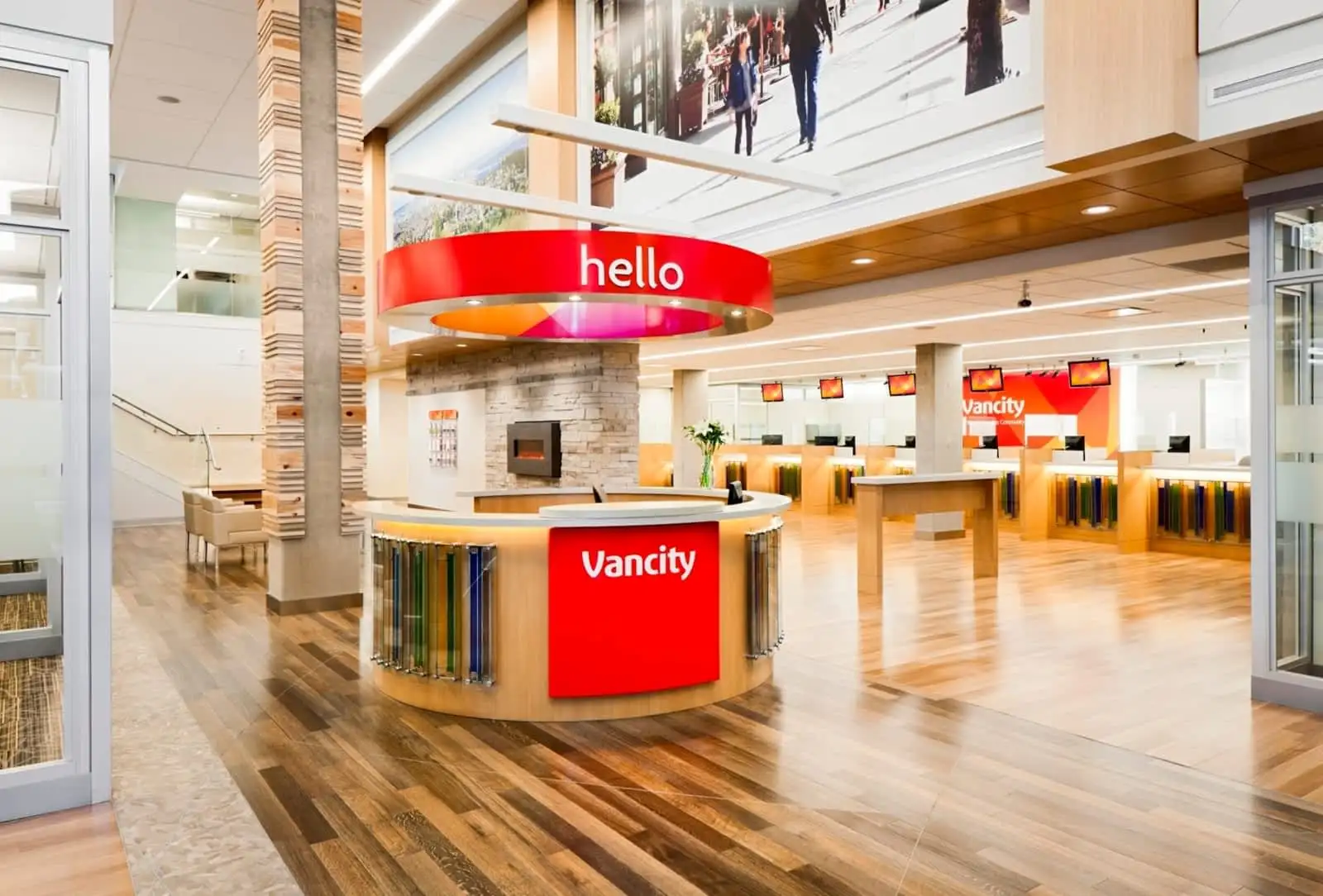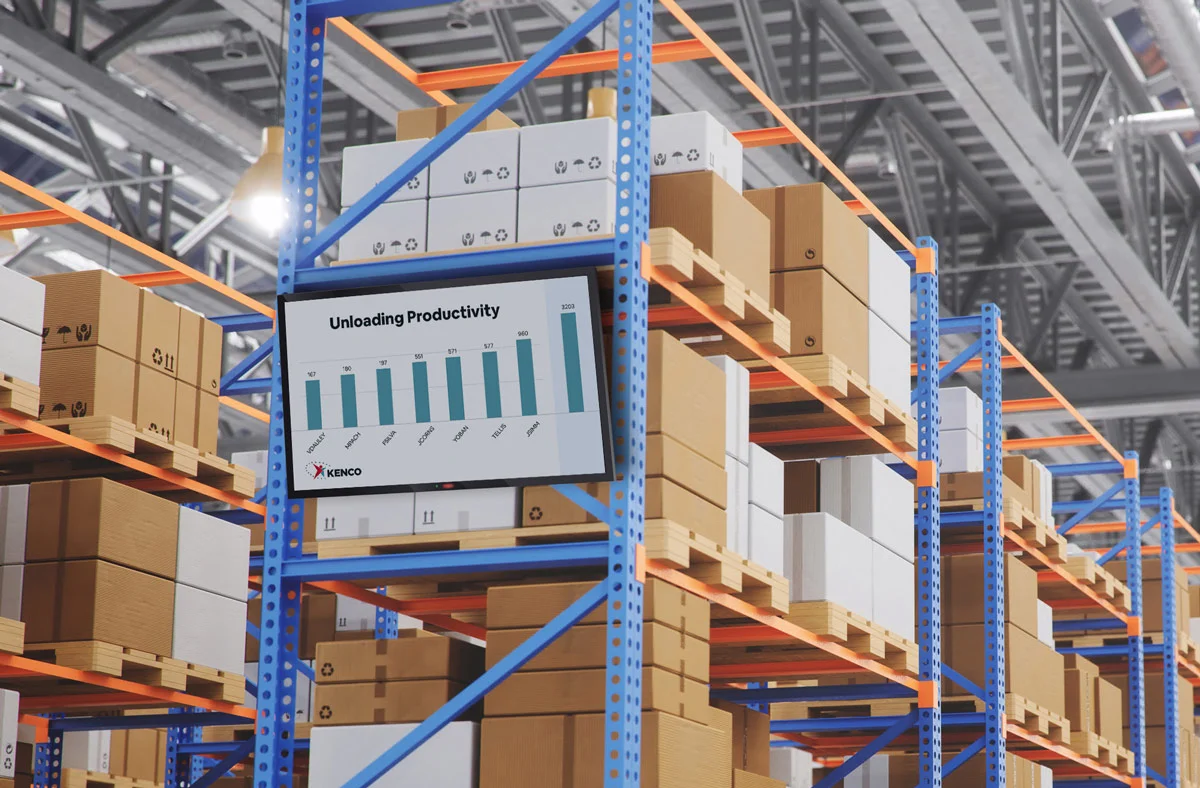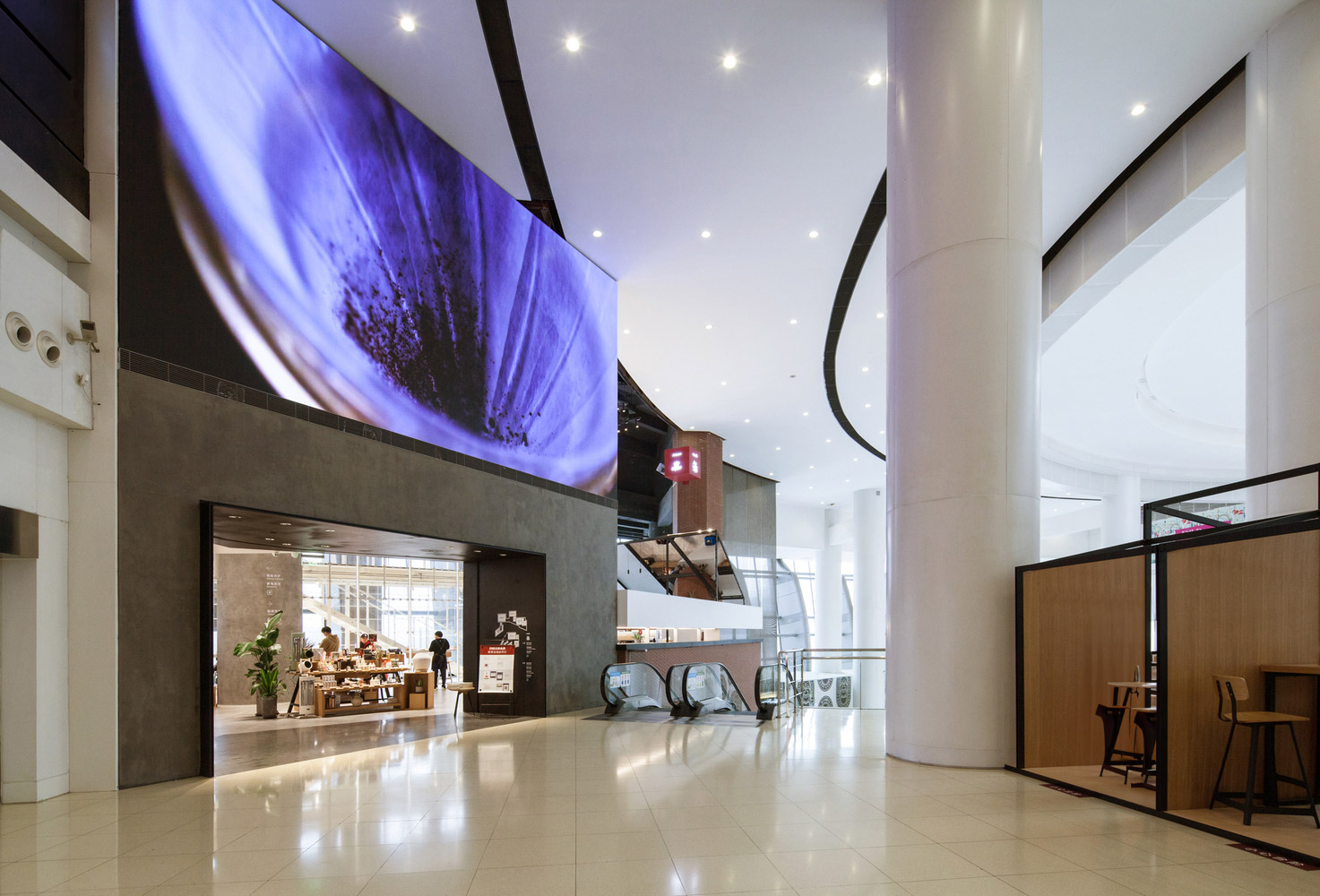When Retail Sensors Meet Digital Signage: IoT-Driven Smart Stores with TelemetryTV
WRITTEN BY: TelemetryTV, 03-05-2025

In a bustling flagship store, a shelf sensor detects the last box of cereal leaving the aisle. Instantly, a digital screen updates to promote a substitute product and alerts staff in the back to restock. Across the floor, camera-based sensors detect a spill and trigger a safety message on a nearby display. Scenes like these illustrate how integrating retail sensors with digital signage software reshapes in-store experiences.
Beyond simple triggers—such as raising screen brightness when sensors detect overhead light—modern retailers leverage APIs, AI, and automation to unify data from cameras, motion detectors, and temperature gauges. By routing these inputs through TelemetryTV’s digital signage software, stores can reduce shrink, enhance merchandising, and create responsive, real-time experiences.
The Rise of Sensor-Driven Digital Signage
Retail sensors come in many forms, from RFID shelf tags to AI-enabled cameras. These devices collect data—inventory levels, foot traffic patterns, even shopper mood—and feed it to a central system that drives on-screen content. With TelemetryTV’s API, developers can build custom apps that trigger content changes based on sensor inputs. If a smart shelf detects dwindling inventory, the digital sign can pivot to highlight a comparable product or notify employees for restock.
Key Benefits:
• Automated Content Updates: Weather or foot-traffic data can trigger promotional changes in real time.
• Personalized Experiences: RFID tags, motion sensors, or beacons can display shopper-specific deals.
• Operational Efficiency: Sensor-fed dashboards alert staff to spills, malfunctions, or long lines, prompting faster interventions.
Use Cases and Value
| Use Case | Sensor Tech | Impact |
|---|---|---|
| Inventory & Shelf Availability | Weight sensors, RFID tags | Reduces out-of-stock items, ensures timely restocking. |
| Loss Prevention/Theft Detection | AI cameras, EAS gates | Flags suspicious movements, deters theft, reduces shrink. |
| Customer Experience Enhancement | Motion/beacon sensors, AI cameras | Displays tailored content, improves engagement. |
| Operational Efficiency | Temperature, occupancy sensors | Cuts energy costs, improves staff response times. |
| Data Analytics & Merchandising | Footfall counters, AI cameras | Gathers insights for layout, product, and content optimization. |
Inventory Management and Shelf Availability
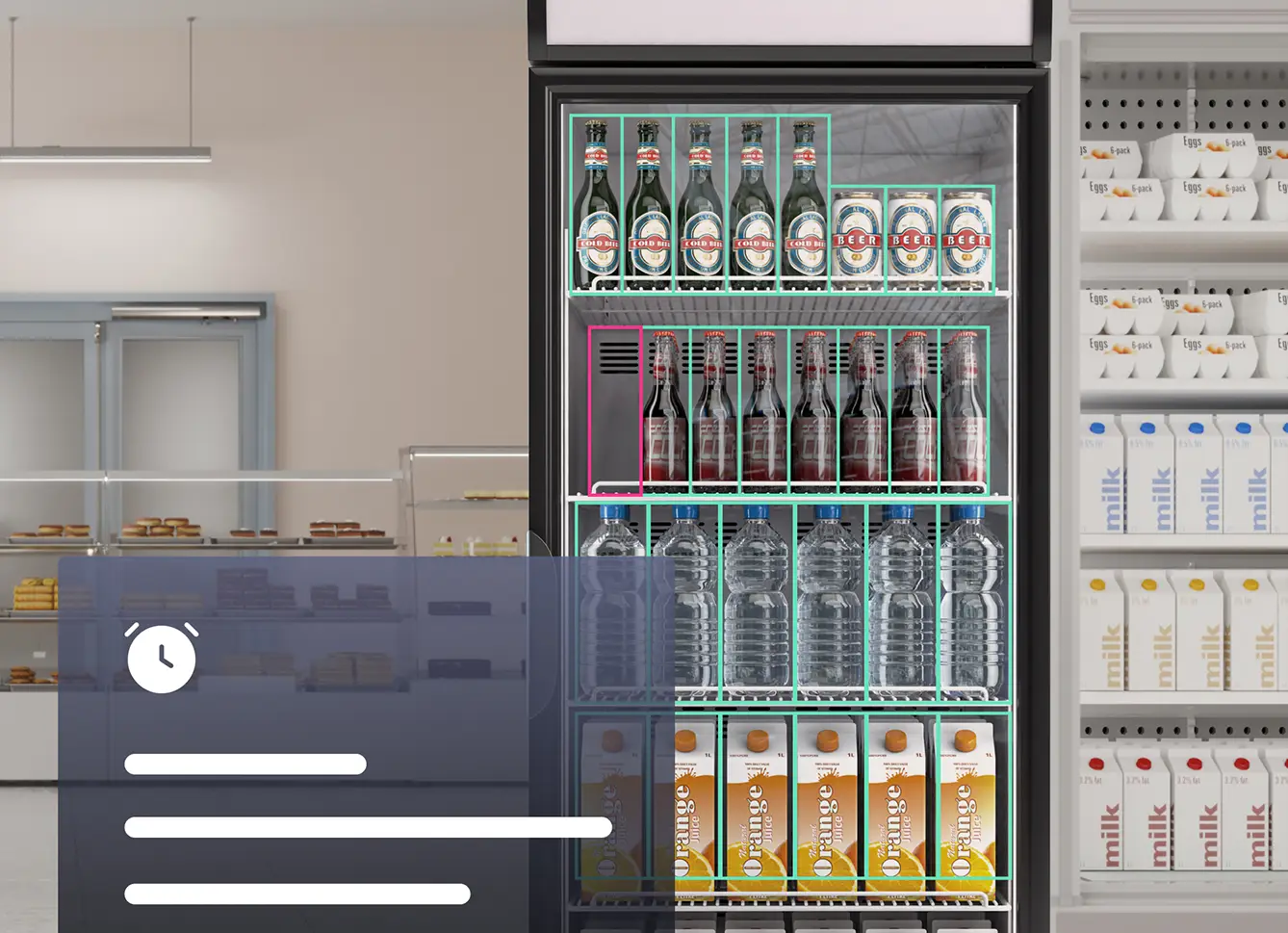
Empty shelves translate to lost revenue. Smart shelves with weight sensors detect low inventory and prompt on-screen messages, while TelemetryTV’s software automates restock alerts in back-room displays. Studies estimate that out-of-stock issues cost retailers hundreds of billions yearly. Real-time interventions can shrink that figure by anticipating and solving stock gaps.
Loss Prevention and Fraud Detection
Retailers lose billions to theft and fraud annually. Sensor networks, coupled with AI analytics, spot suspicious behavior—such as multiple high-value items removed at once—and send alerts to security dashboards running on digital signage. This deters shoplifters and mitigates internal fraud at self-checkouts.
Enhancing the Customer Journey

Motion or beacon sensors can cue a screen to launch an interactive demo when someone lingers. Camera-based AI might detect a frown and switch to informative content. Personalization based on demographics or loyalty programs raises dwell time. Queue sensors can also reduce perceived wait by displaying real-time updates on screens.
Streamlining Operations
Sensors do more than track merchandise. Temperature and humidity devices monitor freezers, alerting staff via TelemetryTV when maintenance is needed. Occupancy sensors dim digital signage to save energy when aisles are empty. Automated task lists—“Restock dairy,” “Cleanup in Aisle 3”—displayed on back-room screens free staff from constant spot checks.
TelemetryTV’s Unique Capabilities
Real-Time Content Triggering: TelemetryTV’s API lets you set rules such as “If sensor X sends Y, display content Z.” If a freezer rises above its set temperature, screens can flash a warning for employees, then revert once resolved.
Custom Applications: TelemetryTV supports building custom applications for niche needs. A supermarket might code a “live inventory feed” app checking stock levels every 30 seconds, updating screens via standard web frameworks.
Tag-Based Playlists and Targeting: Large retailers often manage hundreds of screens. By applying tags, a produce-section screen might show weather-based promos while an entrance display greets customers with store-wide specials.
Scalability and Remote Management: TelemetryTV is well-suited for multi-location retail. A single cloud dashboard unites each store’s screens and sensors. Administrators can remotely push content changes, vital if a sudden sensor alert calls for urgent updates.
Security and Compliance: In-store AI raises privacy concerns. TelemetryTV employs secure authentication and content approval workflows, preventing unauthorized content injection. Developers can anonymize camera data to comply with regulations, storing only aggregate metrics.
Privacy, Compliance, and Security
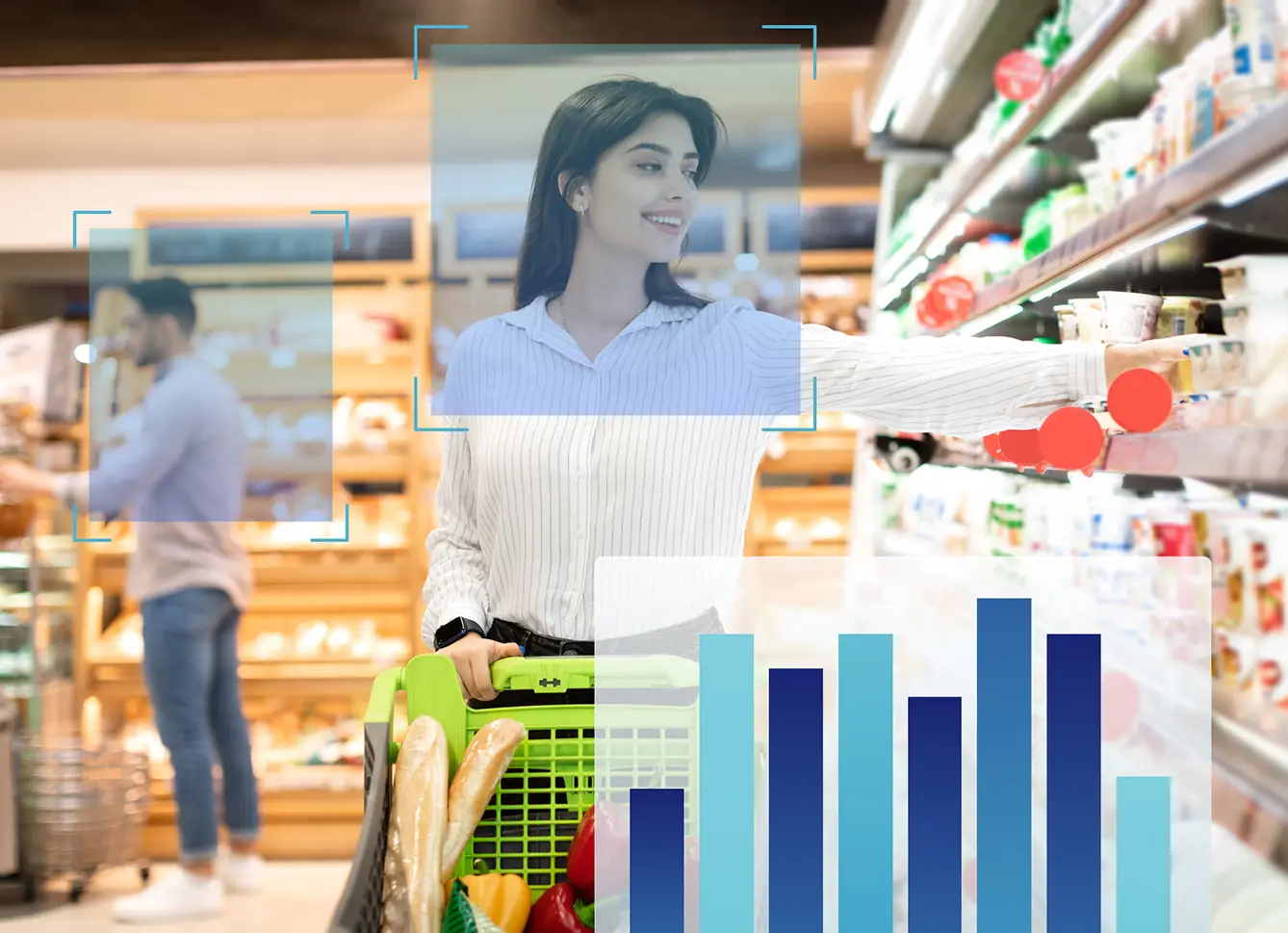
Collecting shopper data demands transparency. U.S. and Canadian regulations require notice and opt-out options for data that could identify individuals. Even employee monitoring—like camera-based theft detection—must adhere to labor rules.
AI and Bias: Retailers must avoid using AI in ways that discriminate or profile. Systems might recognize demographic patterns but should not unfairly target certain groups with different services or prices.
Emerging Applications

Autonomous Stores
In cashier-less formats, sensors track product picks while digital signage handles communication—from greetings to checkout tips. TelemetryTV’s cloud-based infrastructure can manage real-time updates across micro-markets or automated kiosks.
Smart Fitting Rooms
Fitting rooms equipped with RFID detect items brought in, displaying product details or suggestive selling tips on a touchscreen. This setup enhances conversion by offering instant recommendations without staff intrusion.
QSR Integrations
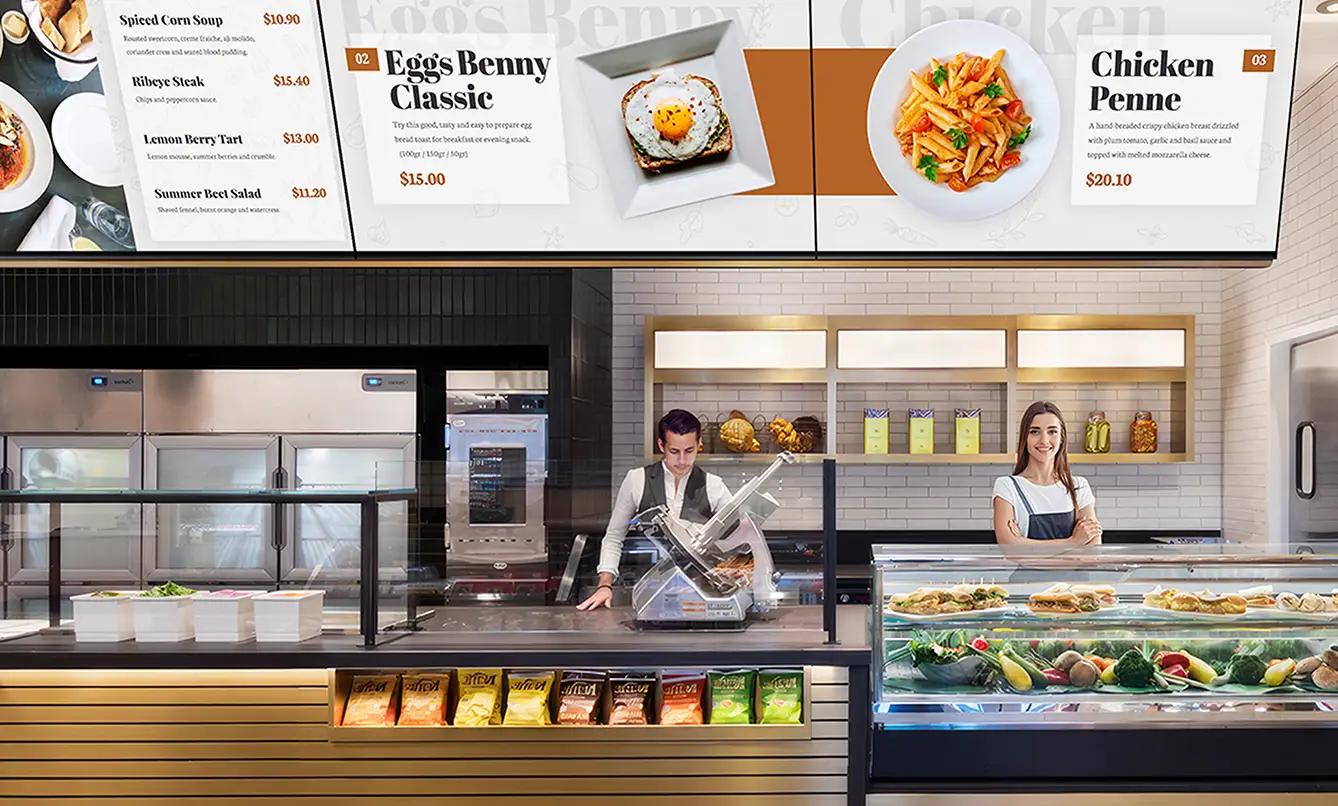
Sensors in quick-service restaurants tweak menus by time, foot traffic, or local weather. If a fryer is down, the digital menu board can remove affected items and prompt a repair alert on an internal screen.
Sample Dashboard: Sensor Analytics
Below is a simplified dashboard concept that might appear on a manager’s back-office screen, powered by TelemetryTV. (All data is for demonstration purposes only.)
| Sensor | Status/Reading | Triggered Signage |
|---|---|---|
| Shelf A - Cereal | 2 units left | “Low stock – restock alert” |
| Cooler B - Freezer | 42°F (rising) | “Maintenance needed” banner |
| Entrance Foot Traffic | 1,800 visitors/day | “High volume: direct staff” |
The Road Ahead

By merging IoT sensors, AI analytics, and digital signage, retailers can bring the personalization of e-commerce into physical stores. Already, major chains rely on sensor networks for heat maps, shelf monitoring, and automated marketing. As 5G and edge computing spread, real-time in-store data becomes the norm, giving retailers unprecedented control over engagement.
Boost Retail Performance With Real-Time Sensor Insights
Connect real-time sensor data with digital signage software to improve store efficiency, reduce shrink, and delight customers. Instantly trigger content updates, optimize merchandising, and transform your retail environment today.
Start for Free


